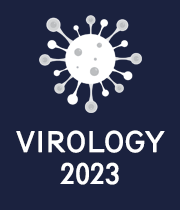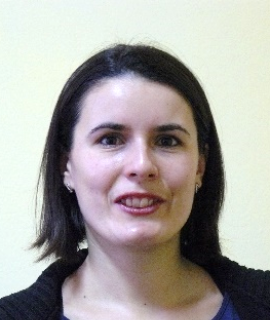Title : Inconsistent changes in laccase activity of chestnut blight fungus upon Cryphonectria hypovirus 1 infection
Abstract:
Blight disease pandemic of chestnuts, caused by infection of the tree bark with fungus Cryphonectria parasitica, severely damaged forest ecosystems worldwide, making this ascomycete one of the top 100 most dangerous invasive species according to the Global Invasive Species Database. Apart from its devastating effects on the stands of American (Castanea dentata) and European chestnut (C. sativa), C. parasitica is scientifically interesting due to a phenomenon called hypovirulence, caused by an infection of the fungus with the mycovirus Cryphonectria hypovirus 1 (CHV1). Infection with CHV1 reduces growth, sexual and asexual reproductive ability, and virulence of the infected fungus, leading to its debilitation, which in turn facilitates the recovery of the diseased chestnuts. That is why CHV1 treatment of infected cankers (lesions on the chestnut bark) has long been used in biological control of chestnut blight. Reduced activity of fungal laccases (enzymes involved in fungal pathogenic process) has been considered as one of the hallmarks of hypovirulence, based on the observations on the prototypic laboratory experimental system (fungal isolate EP155 and its isogenic virus-infected strain EP155/EP713) supported by limited experiments with field isolates of the fungus and its associated virus. Having in mind the vast diversity of fungal isolates and virus strains and their effects on the phytopathogenic processes observed in nature, we investigated the effect of different virus strains on intracellular and extracellular laccase activities in several C. parasitica isolates. Furthermore, to reinforce our observations, we assessed the role of different culturing conditions on laccase activities and evaluated the suitability of two substrates commonly used for laccases’ activities measurement - 2,2’-azino-bis(3-ethylbenzothiazoline-6-sulphonic acid) (ABTS) and 2,4-dimethoxyphenol (DMOP). We have demonstrated that the majority, but not all of viral isolates indeed decrease the activity of laccases. However, several CHV1 strains, contrary to previous assumptions, caused an increase of the activity of C. parasitica laccases upon infection. The particular fungal isolates used in the experiments and culture conditions affected the results as well. Furthermore, we have demonstrated that ABTS and DMOP cannot be used interchangeably in C. parasitica laccase activity measurements. Our experiments demonstrate the importance of conducting this type of study in systems which represent the diversity of hosts and pathogens present in nature, as well as utilising the appropriate procedures to mimic the natural conditions as much as possible to be able to infer the most relevant conclusions applicable to natural populations, which is of the utmost importance in the research of pathogens.
What will audience learn from your presentation?
- Viruses can be used in biocontrol of plant pathogenic fungi: Cryphonectria hypovirus 1 (CHV1) is an example of successful biocontrol agent of chestnut blight fungus Cryphonectria parasitica
- The importance of wide range of genetically diverse host isolates and virus strains utilized in experiments to infer the correct conclusions about the impact of a virus species on natural host populations: contrary to previous assumptions, some CHV1 strains can increase the activity of C. parasitica laccases
- Experimental design, growing conditions and analytical procedures can drastically affect the outcome of enzymes’ activities measurements, making correct choices in such experiments of the utmost importance


